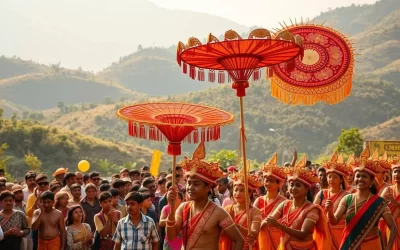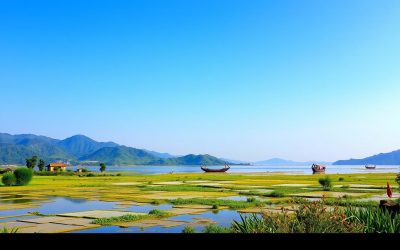✓ Accommodations✓ Flights✓ Rental Cars
You’re about to embark on a journey through the rich linguistic landscape of Manipur, a northeastern state of India known for its cultural diversity and unique language heritage.
As you explore this region, you’ll learn about Meitei, also known as Manipuri, the official language of Manipur, and its historical development, geographical distribution, and linguistic features.
This guide will provide you with valuable information about the various languages spoken in Manipur, including tribal languages and writing systems used in the region.
The Linguistic Landscape of Manipur
As you explore Manipur, you’ll discover a complex tapestry of languages spoken across the state. Manipur’s linguistic diversity is a reflection of its rich cultural heritage and complex history. The state is home to numerous language families, with Tibeto-Burman languages being predominant.
Manipur’s Cultural and Linguistic Diversity
Manipur’s cultural and linguistic diversity is shaped by its geographical features and historical context. The state’s position as a border region has influenced its linguistic development through contact with neighboring areas. You’ll find that different ethnic groups maintain their linguistic identities while participating in the broader cultural landscape. The Meitei language, also known as Manipuri, plays a significant role in this diverse linguistic landscape.
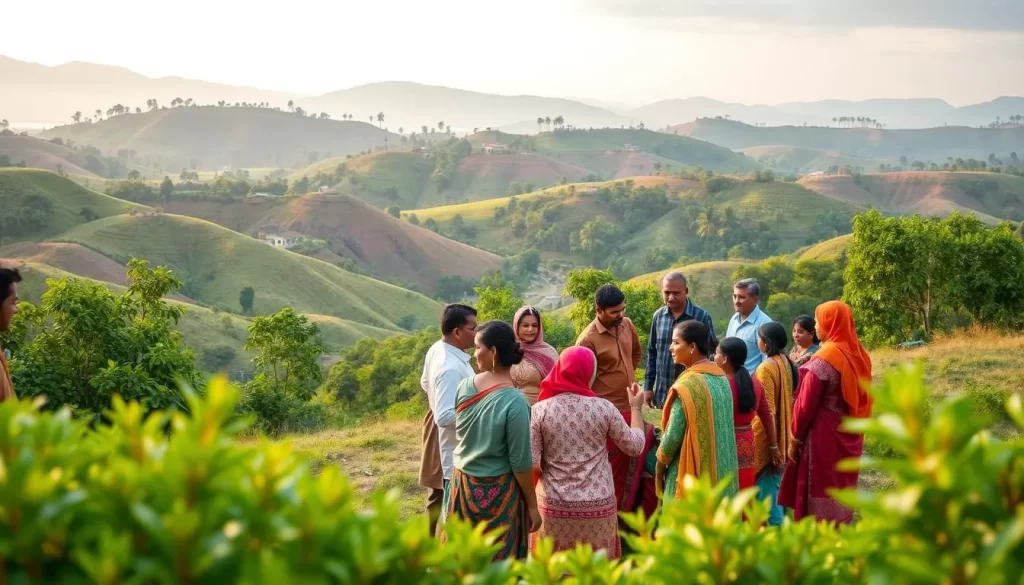
Overview of Language Families Present in the Region
The Sino-Tibetan language family is prominent in Manipur, with the Meitei language belonging to the Tibeto-Burman branch. Linguists have debated the exact classification of Meitei within this branch, with some considering it part of the Kuki-Chin-Naga group. The region’s linguistic diversity is characterized by the presence of various language families and dialects. You’ll gain a deeper understanding of these language families and their significance in the region.
Meitei: The Official Language of Manipur
As you explore the linguistic landscape of Manipur, you’ll discover the significance of Meitei, the official language that has been an integral part of the state’s culture and identity. Meitei is not just a means of communication; it’s a symbol of the state’s rich heritage and history. With a history spanning over 2000 years, Meitei has evolved significantly over time.
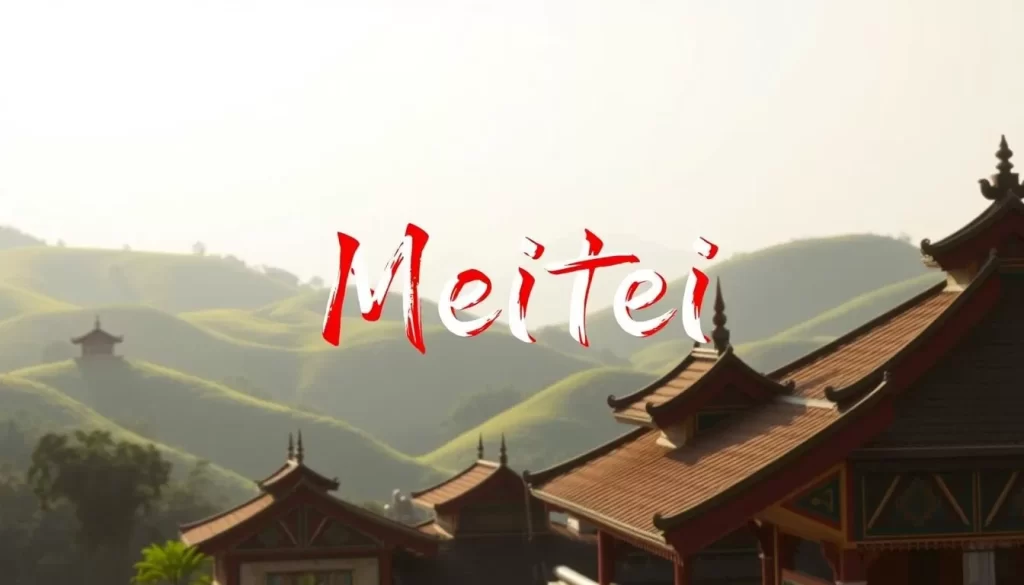
Historical Development of Meitei Language
The Meitei language has a fascinating history that dates back to at least 2000 years. According to linguist Suniti Kumar Chatterjee, ancient Meitei literature is between 1500 to 2000 years old. The earliest known Meitei compositions include the ritual song Ougri, used in religious and coronation ceremonies, and the epic Numit Kappa, composed in the first century. These ancient works highlight the significance of Meitei in Manipur’s cultural and religious practices.
Official Status and Recognition
Meitei is the sole official language of the Government of Manipur and has been recognized as one of India’s scheduled languages since 1992. It was also the court language of the historic Manipur Kingdom before it merged into the Indian Republic. The Sahitya Akademi, India’s National Academy of Letters, recognized Meitei as one of the major advanced Indian literary languages in 1972, further solidifying its importance. This recognition underscores Meitei’s role in Manipur’s literary and cultural landscape.
Dialects of Meitei
The Meitei language encompasses various dialects, including Meitei proper (the standard variety), Loi, and Pangal. These dialects differ primarily in terms of sound extensions and tonal shifts, with variations in vocabulary across different regions. While improved communication and intermarriage have reduced dialectal differences in recent years, distinct speech variations remain in areas such as Tripura, Bangladesh, and Myanmar. Understanding these dialects provides insight into the linguistic diversity within the Meitei-speaking community.
In conclusion, Meitei is a vital component of Manipur’s identity, with a rich history and significant cultural importance. Its status as the official language of Manipur and recognition by the Sahitya Akademi highlight its value. As you delve deeper into the Meitei language, you’ll appreciate its complexity and the role it plays in the state’s state Manipur heritage.
Geographical Distribution of Meitei Speakers
As you explore the linguistic landscape of Manipur, you’ll discover that Meitei speakers are not confined to a single region. The Meitei language is widely spoken across various parts of Northeast India and neighboring countries.
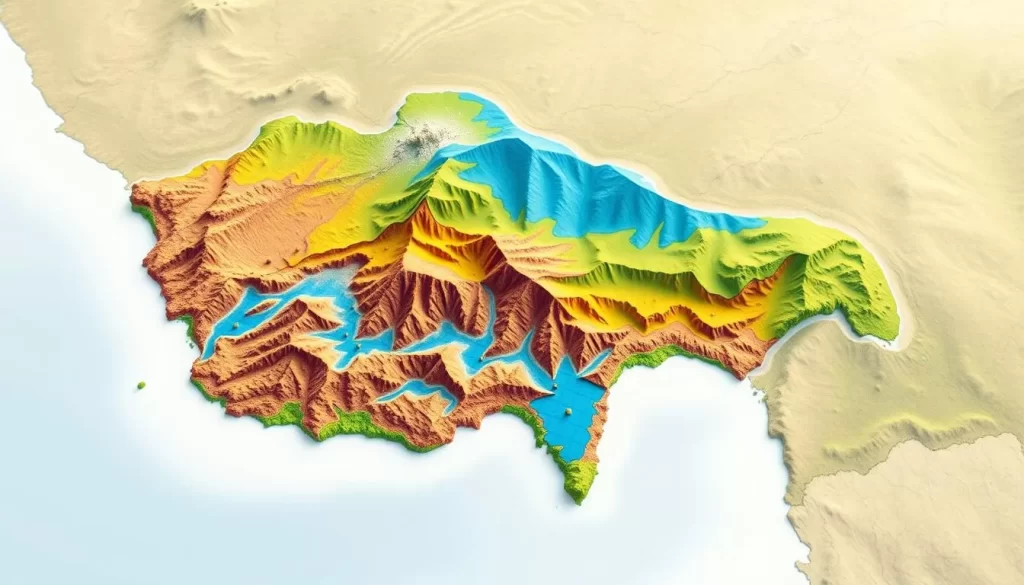
Meitei Speakers in Manipur
The majority of Meitei speakers, approximately 1.5 million, reside in the Indian state of Manipur. Here, Meitei serves as both the official language of the government and the lingua franca, facilitating communication among different communities.
Meitei Communities in Other Indian States
Significant Meitei-speaking communities are found in other Indian states, including Assam, where nearly 170,000 people speak Meitei, primarily in the Barak Valley. It’s the third most commonly used language after Bengali and Hindi in this region. Additionally, there are notable Meitei-speaking populations in Nagaland (about 9,500 people) and other parts of the country, such as Tripura and West Bengal.
Meitei Speakers in Bangladesh and Myanmar
Beyond India’s borders, Meitei is spoken by around 15,000 people in Bangladesh, mainly in the Sylhet Division. Historically, Meitei-speaking populations were also present in other parts of Bangladesh. In Myanmar, Meitei is spoken in various regions, including the states of Kachin and Shan, contributing to the population‘s linguistic diversity.
According to the available data, the Meitei language plays a vital role in the cultural and social fabric of the regions where it is spoken, often serving as a second language for various ethnic groups.
Linguistic Features of Meitei Language
As you explore the Meitei language, you’ll discover a complex linguistic structure that reflects its unique cultural heritage. The Meitei language is a significant part of Manipur’s identity, and its linguistic features are worth examining.
Phonology and Tonal System
The Meitei language is known for being a tonal language, with ongoing debates among linguists about whether it has two or three distinct tones. This tonal system is a crucial aspect of the language’s phonology. Meitei’s consonant and vowel inventory is quite distinctive, featuring 25 consonants and 6 vowels with specific phonological processes.
One of the interesting phonological phenomena in Meitei is a dissimilatory process similar to Grassmann’s law found in Ancient Greek and Sanskrit. This highlights the language’s unique sound system.
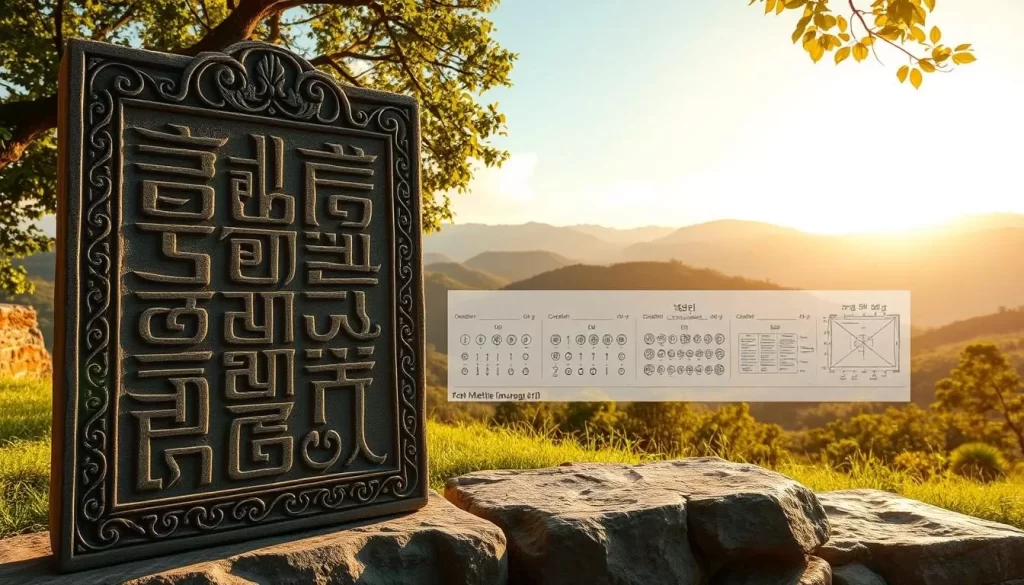
Grammar and Syntax
Meitei’s grammatical structure follows the subject-object-verb (SOV) word order, typical of Tibeto-Burman languages. For example, in the sentence “Ei chak chai” (ꯑꯩ ꯆꯥꯛ ꯆꯥꯢ), meaning “I eat rice,” the order is “ei” (I), “chak” (rice), “chai” (eat).
Nouns and pronouns in Meitei are marked for number using different plural suffixes (-khoi and -sing) depending on whether the noun refers to humans or non-humans. The verb system is complex, with compound verbs formed using root verbs with aspect markers and suffixes.
| Feature | Description |
|---|---|
| Word Order | Subject-Object-Verb (SOV) |
| Tonal System | Debate over two or three tones |
| Plural Suffixes | -khoi and -sing for humans and non-humans |
Vocabulary and Influences from Other Languages
Until the late 17th century, Meitei’s vocabulary remained relatively isolated. With the increase in Hindu influence, the language began to absorb Sanskrit and Bengali loanwords, affecting its phonology, morphology, syntax, and semantics.
The linguistic features of Meitei reflect both its Tibeto-Burman heritage and the cultural influences it has absorbed over centuries. This blend is evident in its vocabulary and grammatical structure.
Writing Systems of Manipur, India: Official and Widely Spoken Languages
The writing systems used in Manipur are a testament to its cultural diversity. Manipur, a state in northeastern India, has a rich linguistic heritage, with various scripts being used to represent its official and widely spoken languages.
Meitei Mayek: The Traditional Script
Meitei Mayek, also known as Kanglei script or Kok Sam Lai script, is the traditional script of Manipur. Its history dates back to at least the 6th century, with the earliest known appearances on ancient coins. Meitei Mayek was used continuously until the 18th century when it was largely replaced by the Bengali-Assamese script. However, it saw a revival in the 20th century and was officially adopted by the Government of Manipur in 2021 alongside the Bengali script.
You can explore the fascinating history of Meitei Mayek, from its ancient origins to its modern-day revival. Some key features of Meitei Mayek include:
- Its unique characters and letterforms
- The script’s historical significance in Manipuri culture
- The efforts being made to preserve and promote Meitei Mayek
Bengali-Assamese Script Usage
The Bengali-Assamese script became widely used for writing Meitei after King Pamheiba ordered the replacement of Meitei Mayek in the early 18th century. This script has been used extensively for literary and official purposes. You will find that the Bengali-Assamese script is still in use today, often alongside Meitei Mayek.
Other Writing Systems and Modern Developments
In addition to Meitei Mayek and Bengali-Assamese script, other writing systems have been used in Manipur. The Roman alphabet has been used for teaching Meitei as a second language and in Christian religious texts. You may also come across the Naoriya Phulo script, a constructed script invented in the early 20th century. Efforts are being made to standardize and promote the use of Meitei Mayek in education, government, and daily life as part of cultural preservation initiatives.
As you explore the writing systems of Manipur, you will appreciate the complexity and richness of the region’s linguistic heritage. The use of multiple scripts reflects the cultural diversity and historical depth of the region.
Tribal Languages of Manipur
Manipur, a state in northeastern India, is home to a rich tapestry of tribal languages that contribute to its linguistic diversity. As you explore the linguistic landscape of Manipur, you’ll discover 29 different dialects spoken throughout the state, representing various tribal communities.
Kuki-Chin Languages
The Kuki-Chin language group is a significant branch of the Tibeto-Burman family, encompassing languages such as Thadou, Paite, Hmar, and Lushai (Mizo). These languages are characterized by their unique phonological systems and grammatical structures. You’ll find that the geographical distribution of Kuki-Chin languages is widespread across Manipur, with many communities continuing to use these languages in their daily lives.
Naga Languages
Another important branch of Tibeto-Burman languages spoken in Manipur is the Naga language group, which includes languages like Tangkhul, Mao, Poumai, and Maram. These languages differ significantly from both Meitei and Kuki-Chin languages in terms of vocabulary, syntax, and cultural associations. The Naga languages are an integral part of the cultural identity of their respective communities.
Government Recognition of Tribal Languages
The Government of Manipur has officially recognized five main tribal languages for educational purposes: Tangkhul, Hmar, Paite, Lushai, and Thadou/Kuki. These languages are used as mediums of instruction in primary education up to Class V. Efforts are also being made to develop standardized orthographies and teaching materials for these languages, promoting their preservation and use.
Language in Education and Public Life
As you explore the role of language in Manipur, you’ll discover its significance in education and public life. The Manipuri language, also known as Meitei, is not only the official language of the state but also plays a crucial role in the educational system.
Medium of Instruction in Educational Institutions
Meitei serves as a medium of instruction in educational institutions throughout Manipur, from primary schools to universities. It is one of the 40 instructional languages offered by the Central Board of Secondary Education (CBSE), highlighting its national recognition in India’s education system. You can find Meitei being taught as a subject up to the post-graduate level in prestigious Indian universities, including Jawaharlal Nehru University and Delhi University.
The language is also offered in neighboring states like Assam, where Meitei language instruction has been available in primary schools since 1956. The Assam Higher Secondary Education Council offers both Meitei-language schooling and instruction in Meitei as a second language.
| State | Level of Education | Meitei Instruction Availability |
|---|---|---|
| Manipur | Primary to University | Yes, as medium of instruction |
| Assam | Primary to Higher Secondary | Yes, as both medium and subject |
| Tripura | Primary | Yes, as first language subject |
Language Policies and Preservation Efforts
The government has implemented various policies to promote the Meitei language. For instance, the Assam Government has made an annual grant of ₹5 lakh to the Manipuri Sahitya Parishad since 2020 and invested ₹6 crore in creating a corpus for Meitei language development. You can also see efforts to preserve the language through script revival initiatives and documentation projects.
Moreover, the use of modern technology and media is being explored to promote the language among younger generations. The Department of Manipuri at Assam University offers education up to the Ph.D. level, further solidifying the language’s academic presence.
Conclusion: The Future of Manipur’s Linguistic Heritage
With its diverse linguistic profile, Manipur presents an intriguing case study of language vitality and cultural identity. You have gained a comprehensive understanding of the current status of Manipur’s languages, including Meitei, which is assessed as “safe” by Ethnologue but considered “vulnerable” by UNESCO. This highlights the different perspectives on language vitality and the need for continued support.
The Meitei language, with 1.76 million native speakers in India according to the 2011 census, has a solid foundation for maintenance. Its status as one of the fastest-growing languages in India, tied with Gujarati for third place, suggests a positive trajectory for its future. However, the challenges facing smaller tribal languages of Manipur, many of which have fewer speakers and limited institutional support, require attention.
As you consider the future of Manipur’s linguistic heritage, it’s clear that digital technology is creating both opportunities and challenges. Efforts to standardize scripts, develop modern terminology, and create contemporary literature in Manipur’s languages are underway. Balancing the promotion of Meitei as the state’s official language with the preservation of tribal languages is crucial. Manipur’s linguistic diversity represents not just a cultural treasure but also a model for multilingual coexistence in today’s globalized world.
The above is subject to change.
Check back often to TRAVEL.COM for the latest travel tips and deals.

